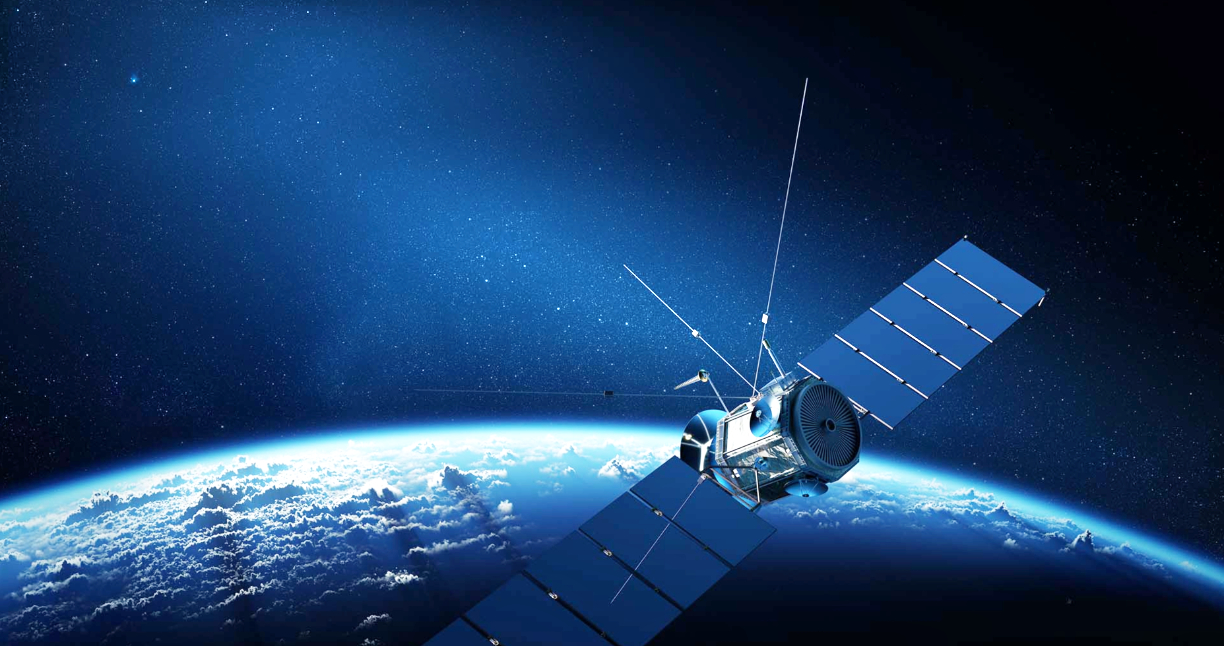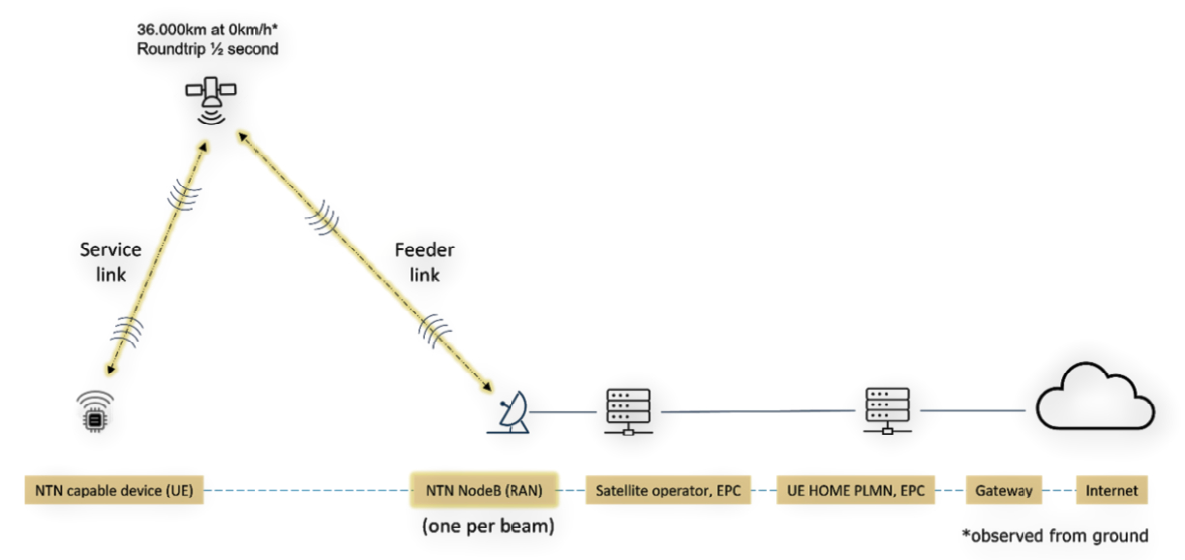The finalization of 3GPP’s Release 17 has solidified space-based 5G NB-IoT and direct-to-device connectivity as a reality.
Increasing interest in satellite-based 5G services places new demands on NB-IoT system architecture to achieve uninterrupted network coverage across vast geographical areas whilst addressing current connectivity challenges and constraints worldwide.

GateHouse SatCom’s Product Director, Svend Holme Sørensen, and Senior Software Architect, Henrik Krogh Møller, have introduced the architecture and system elements required for developing 5G NB-IoT NTN systems now... and in the future.
GateHouse SatCom has developed leading-edge satellite communication systems for more than 20 years. Today, the software-only company and waveform developer contributes its expertise to several commercial and military markets and recently became an Individual Member of ETSI and an active participant in 3GPP’s revolutionary Release 17 to standardize direct-to- device 5G NB-IoT specifications.
With the inclusion of NTN into the 3GPP standards, it is expected that the next generation of IoT devices will only need to be updated with an NTN compatible chipset, to be able to roam between mobile and satellite networks.
“Direct-to-device 5G service capability is a significant milestone for satellite-based connectivity and offers many exciting opportunities”, said Sørensen. “We previously witnessed satellite-based connectivity through the lens of large terminals and big antennas designed only for satellite communications. The devices we help develop today can work with terrestrial and satellite services, allowing widespread, uninterrupted ground-based and satellite-based 5G network device usage across multiple industries, even in notoriously hard-to-cover regions.”
Industries can implement satellite-driven 5G services into devices also designed for terrestrial services using NB-IoT NTN system architecture capabilities.
Sørensen continued, “We see many devices only supporting terrestrial connectivity but have huge NB-IoT NTN adaptability potential. The logistics industry could finally obtain the coveted end-to-end visibility. The farming industry could have livestock activity and GPS trackers powered by satellites. Likewise, the agriculture verticals could adopt satellite-powered wireless temperature and humidity loggers. The possibilities are endless.”
However, he further explained that developing 5G NB-IoT system architecture to achieve optimal interoperability and connectivity between terrestrial networks, non-terrestrial networks and millions of IoT devices isn’t without challenges.
Playing catch up and adapting 3GPP originally created NB-IoT for terrestrial use in its Release 13 specifications, with the system architecture involving no satellite- driven signaling.

An NB-IoT device connects directly to the network through a Uu interface, reaching a ground-based NodeB tower in the cellular network.
When the NB-IoT device eventually sends data to the internet, it goes through the packet core — in this case, a 4G EPC. This NB-IoT terrestrial system architecture formed the basis for satellite-driven NTN connectivity exploration via Release 16 pre-studies and Release 17 specifications.
“Satellites now play a critical role in adapting NB-IoT NTN system architecture to existing terrestrial networks. Instead of a device connecting to a NodeB cellular tower directly, its service link will first pass through a satellite, forwarding a signal via a feeder link to a ground-based NTN NodeB that’s connected to the satellite operator’s EPC,” said Møller.
Release 17 currently focuses on Transparent Mode (See Fig. 1), where the NodeB is ground-based.
Regenerative Mode, which will be studied in Release 18 and again in Release 19, aims to implement NodeBs as payloads on the satellites. Implementation will require further device, NodeB and EPC adaption to increase connection speed and efficiency.

Figure 1 - GEO transparent mode system overview.
Service + Feeder Link Constraints
Several service and feeder link challenges exist, including doppler, delay, signal changes and path loss, all of which depend on the satellite, its elevation angle and position in the sky.
High-orbit GEO satellites operating 36,000 km. above the ground will experience
significantly higher path loss than lower orbit LEO (NGSO) satellites at, e.g., 600 km. Signal delay and NGSO-affected doppler will also vary as a satellite moves closer or further away.
“The device’s physical layer requires adaptation enabled by GNSS positioning information to compensate for these challenges. Satellites will broadcast their position and timing information in this compensation,” explained Henrik.
Another area of focus is how satellites handle millions of constantly moving IoT devices, cover multiple tracking areas simultaneously in a short period and stay connected to NGSO networks.
“Devices are given a list of tracking area identifiers similar to terrestrial networks. The NodeB will broadcast its current tracking identifier and a list of tracking areas in service, which will change over time as satellites move. This list will guide device paging, and only devices with an intersection between the lists can be paged. Devices may send their locations to the network, providing for optimization.”
Higher Frequency = Greater Signaling Challenges
Release 17’s NB-IoT NTN specifications will begin operating on S-band frequencies which range between 2-4 gigahertz (GHz), crossing the conventional, ultra-high frequency (UHF) and super high frequency (SHF) band boundaries at 3 GHz. Aviation, shipping and space industries use S-band for their optimized, two- way communication and content delivery capabilities for mobile networks and handheld devices.

However, Svend said that higher frequencies “involve major technical challenges”, affecting satellite-connected 5G service quality, efficiency and reliability worldwide. This challenge primarily affects high-orbit GEOs operating at frequencies of above 6 GHz.
“Discussions are ongoing between 3GPP and the International Telecommunication Industry (ITU)to address frequency spectrum challenges and how they affect NB-IoT connectivity. Unfortunately, these discussions haven’t been resolved, but we believe they will in the future.”
gatehouse.com


